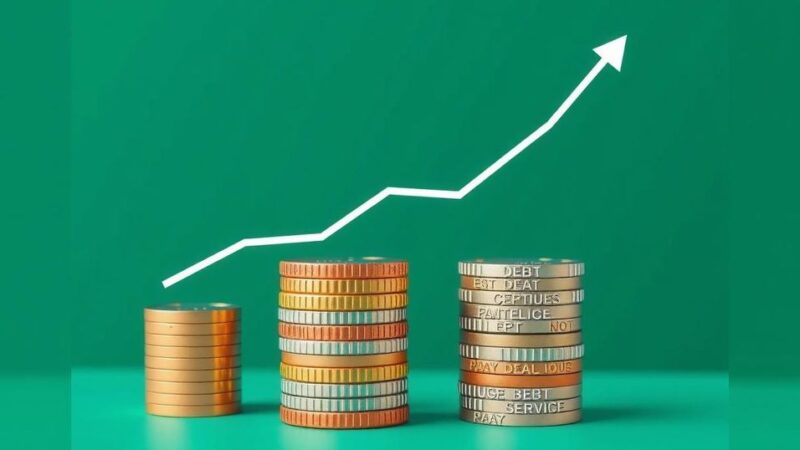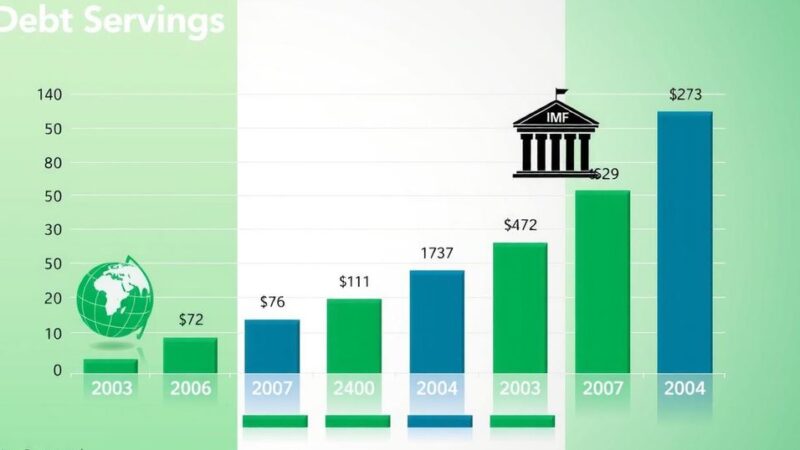President Trump is set to impose reciprocal tariffs starting April 2, due to perceived unfair trade practices from various nations, including India. However, India remains hopeful about avoiding these tariffs through ongoing negotiations led by Commerce Minister Piyush Goyal, aimed at securing a bilateral trade agreement targeted for completion by fall 2025. Both nations are actively engaged in discussions regarding tariff reductions and trade barriers.
On April 2, President Donald Trump plans to implement reciprocal tariffs, citing the unfair trade practices of countries including India, Brazil, and China. Despite this, Indian officials remain optimistic about ongoing trade negotiations with the U.S., which they believe may help avert these tariffs. Commerce Minister Piyush Goyal is currently visiting the U.S. to facilitate dialogue on these matters, signifying a key moment for bilateral relations.
Trump’s announcement during a joint Congressional address has raised concerns about a potential trade war, which could adversely affect global economic dynamics. Notably, Goyal’s visit is a strategic effort to address issues surrounding tariff and non-tariff barriers and to foster a bilateral trade agreement targeted for completion by the fall of 2025.
Sources familiar with the ongoing negotiations indicated that India may be able to avoid the tariffs, as both parties are engaged in constructive talks. The agenda includes deliberations based on the joint statement from the recent meeting between President Trump and Prime Minister Modi, emphasizing the importance of establishing a mutually beneficial trade agreement.
Emerging markets, particularly in Asia, reacted positively to indications that the U.S. may reconsider some tariffs, particularly those affecting Mexico and Canada. This sentiment was reflected in the performance of the Indian stock market, which saw gains amidst this optimism.
During his address, Trump affirmed his commitment to impose tariffs aimed at balancing trade imbalances, stating that reciprocal tariffs would be activated starting April 2. While he did not directly mention India, he highlighted the unequal tariff systems as a matter of national importance, singling out high tariffs imposed by countries such as India.
In further discussions, deliberations around the reduction of automobile tariffs in exchange for concessions, including professional mobility, emerged as a potential focus. These negotiations reflect India’s competitive automotive sector and its readiness to engage in tariff reductions, contingent on reciprocal actions by the U.S.
In light of the 2024 trade deficits, where the U.S. faced significant deficits with several countries, India’s trade relationship appears relatively balanced with a $45.7 billion deficit. Current trade figures indicate a robust total trade volume with India, valued at approximately $129.2 billion in 2024, highlighting the importance of resolving these tariffs through continuous negotiations.
In conclusion, the impending reciprocal tariffs set by President Trump’s administration on April 2 pose a significant challenge for India. However, ongoing negotiations led by Commerce Minister Piyush Goyal may mitigate potential tariffs as both nations strive toward a mutually beneficial trade agreement by the fall of 2025. As both sides engage in constructive discussions to address trade concerns, the future of U.S.-India relations will hinge on their ability to navigate these complexities productively.
Original Source: www.hindustantimes.com






